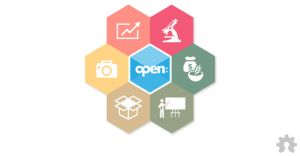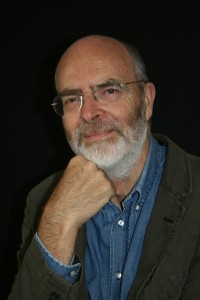As White Queen remarked in Lewis Carroll’s immortal story Through the Looking Glass, “…it takes all the running you can do to keep in the same place. If you want to get somewhere else, you must run at least twice as fast as that!” We all run after innovation just as fast as we can and sometimes we feel that it’s all we can do just to stay even with the competition. Sometimes it is good to pause for a moment and reflect on the role of innovation, what we’re doing currently and what we might do differently. The State of Ohio did exactly that in creating the Ohio Third Frontier’s Open Innovation Incentive, which they launched last year.
Open innovation (OI) is the systematic inclusion of parties outside your four walls and outside your existing networks. Companies practice open innovation because they want to reduce the time it takes to get to market, avoid getting trapped by their own thinking, and pursue with agility new opportunities outside their core expertise. Frequently the examples given for open innovation success are things like the iPod™, which wasn’t invented internally at Apple, or the Swiffer™ cleaning system that P&G acquired in its original form from a Japanese company. Those examples can cause one to lose sight of the value OI brings to non-consumer goods companies and to organizations smaller than Apple and P&G.
That was the thinking of the Ohio Third Frontier team when they considered what they could do to support economic growth in the State of Ohio. They recognized that open innovation is an important tool and a way to accelerate economic development in Ohio. The state also recognized that very large companies (greater than $1 billion in annual revenues) were doing this already, while companies in the $10 million to $1 billion range likely needed additional direction and support. They surmised that the expertise needed to incorporate these external technology searches didn’t reside in firms this size and that reliable partners were needed in the form of intermediaries with proven open innovation methods and processes. Thus was born the Ohio Third Frontier Open Innovation Incentive.
Continue reading “Jean Lievens: Open Innovation in Food Manufacturing”





